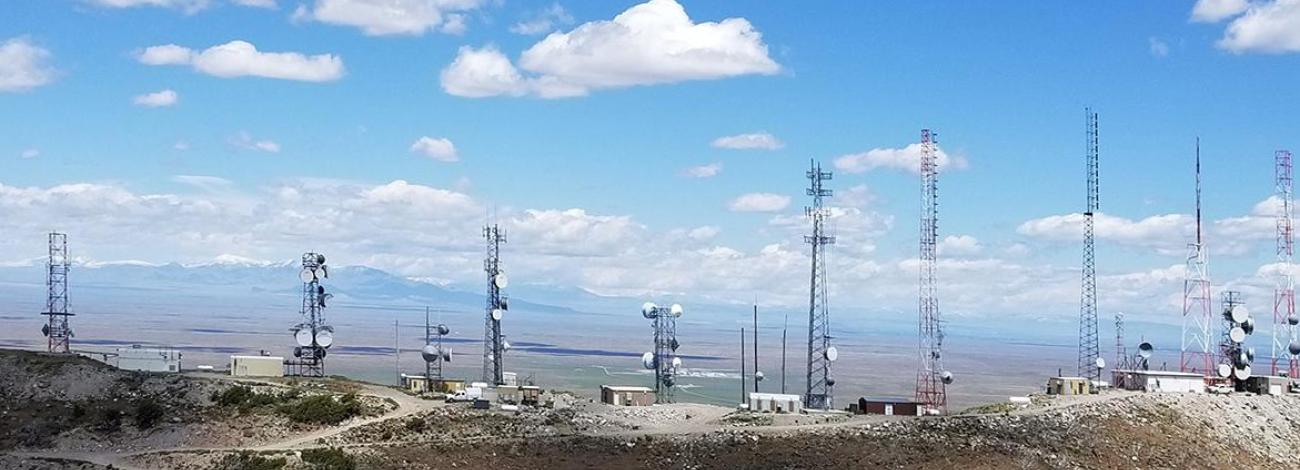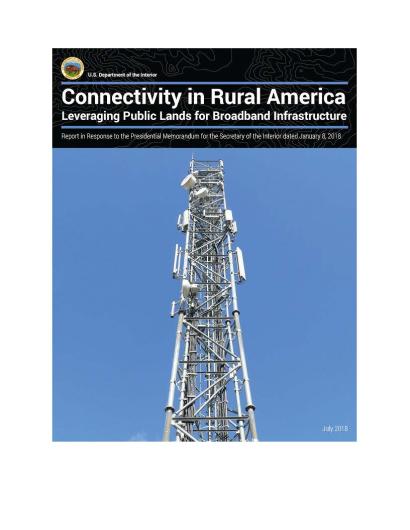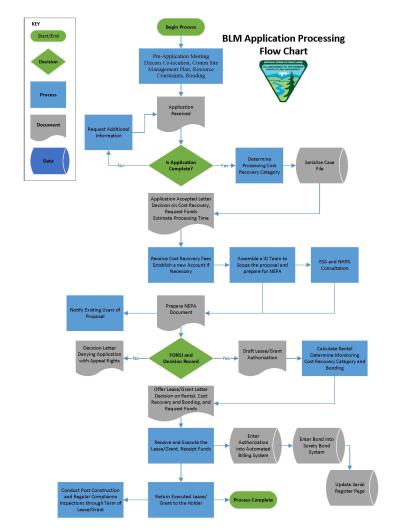
Broadband
Leveraging Public Lands to Connect America
In the 21st century, broadband communications are as vital as roads and bridges, powerlines, and water and sewer systems. Broadband access supports economic growth and competitiveness, provides access to health care and educational opportunities, and enhances civic participation.
While 91 percent of American households in urban areas have access to high-speed internet and broadband services, access for rural and Tribal areas continues to lag. Many of these areas are located near public lands the BLM manages, giving the agency a key role in closing the digital divide and supporting local economies.
The BLM makes public lands available for siting broadband tower infrastructure through right-of-way (ROW) authorizations. We also manage ROWs for 5,000 miles of energy corridors that are compatible with fiber optic and telephone lines.
Executive Action to Increase Broadband Deployment
To address the digital divide, the President Trump signed Executive Order 13821 (EO 13821), Streamlining and Expediting Requests to Locate Broadband Facilities in Rural America, on January 18, 2018. Of special interest, it directs agency heads to “to use all viable tools to accelerate the deployment and adoption of affordable, reliable, modern high-speed broadband connectivity in rural America, including rural homes, farms, small businesses, manufacturing and production sites, tribal communities, transportation systems, and healthcare and education facilities.”
A Presidential Memorandum was subsequently issued to the Secretary of the Interior. It directed the Department to develop a plan to allow private high-speed broadband companies to co-locate their equipment on Departmental assets. It also instructed the Department to identify those assets that can be used to support additional broadband development and adoption in rural communities.
Both of these directives instruct agencies, including the BLM, to streamline permitting, and assist in the deployment of broadband into rural America.
The DOI joined the Broadband Interagency Working Group (BIWG) in 2012. Involvement in the BIWG has substantially increased with the BIWG’s rollout of EO 13821.
Challenges and Solutions to Broadband Deployment
Developers often face a number of obstacles in the deployment of new communication sites, including land access and development restrictions, lack of mobile connectivity, and all associated costs. Some applicants may be eligible for rental waivers, and the BLM works with the U.S. Department of Agriculture’s Rural Utility Services to determine some eligibility.
Authorizing communications facilities can often be time consuming and redundant. When multiple agencies become involved, different laws often apply. As required, the BLM conforms to its regulations in order to complete the process. Additionally, the BLM recommends co-location of facilities on those lands where facilities have already been approved, as this saves both time and resources.
Another aspect of the authorization process is that most Department of the Interior (DOI) agencies request a Standard Form (SF-299) from industry members interested in placing broadband infrastructure on federal, public lands. A number of DOI specialists are involved in reviewing this application and any one’s absence can delay the process.
Finally, land use planning and existing land patterns present another challenge. Many of the lands administered by the BLM have Congressional designations that restrict their development, including wilderness and wilderness study areas. These restrictions may limit or prohibit broadband infrastructure deployment. The BLM is unable to amend these designations without legislation. Where possible, the BLM strives to have planning decisions to further expand Broadband access.
Although the BLM does not provide financial subsidies for development, we are proud to partner with agencies who provide grants and low-cost loans to industry members.
Partner Agencies
U.S. DEPT. of COMMERCE | National Telecommunications & Information Administration (NTIA) :: internetforall.gov :: Firstnet.gov
U.S. DEPT. of AGRICULTURE | Rural Utilities Service (RUS) | U.S. Forest Service


